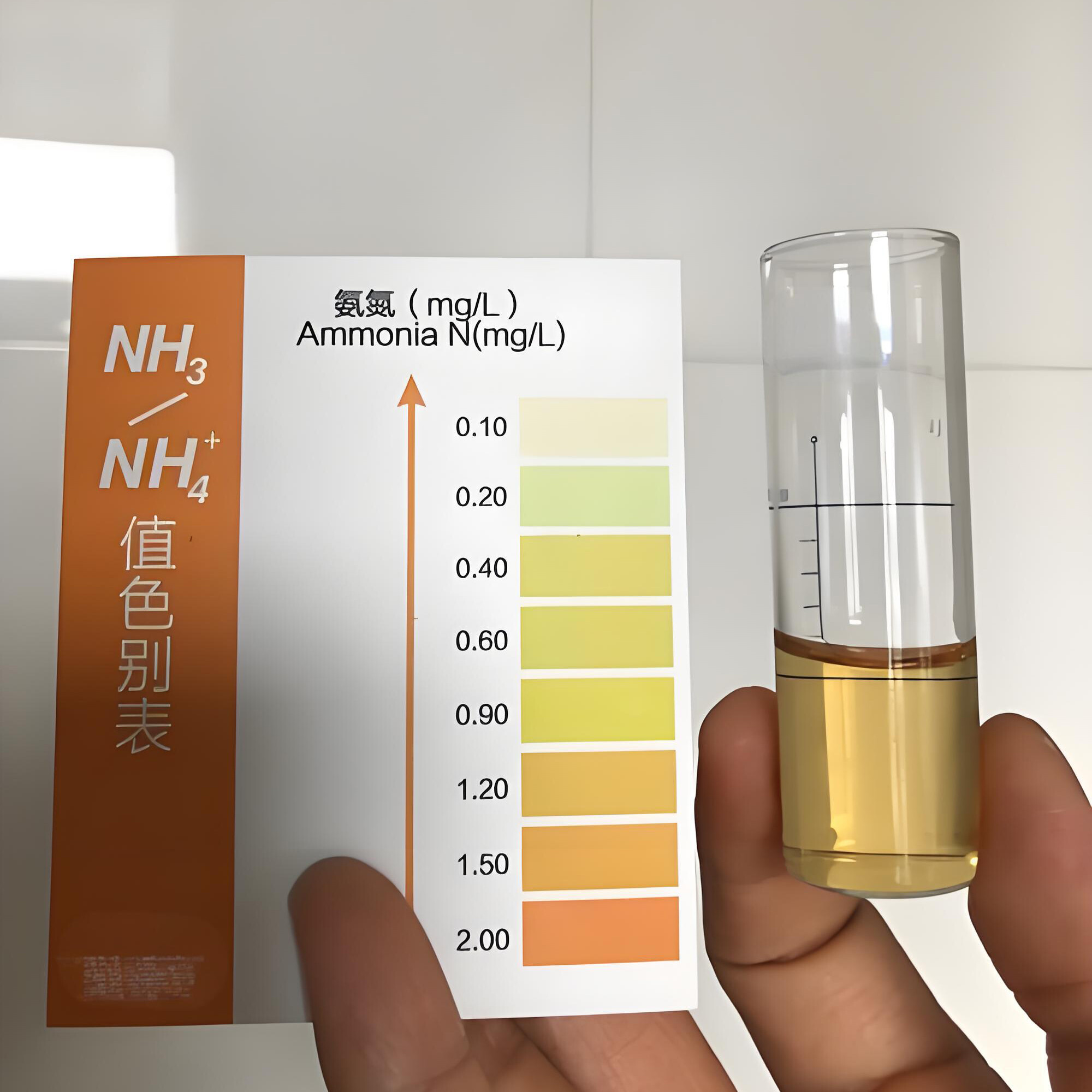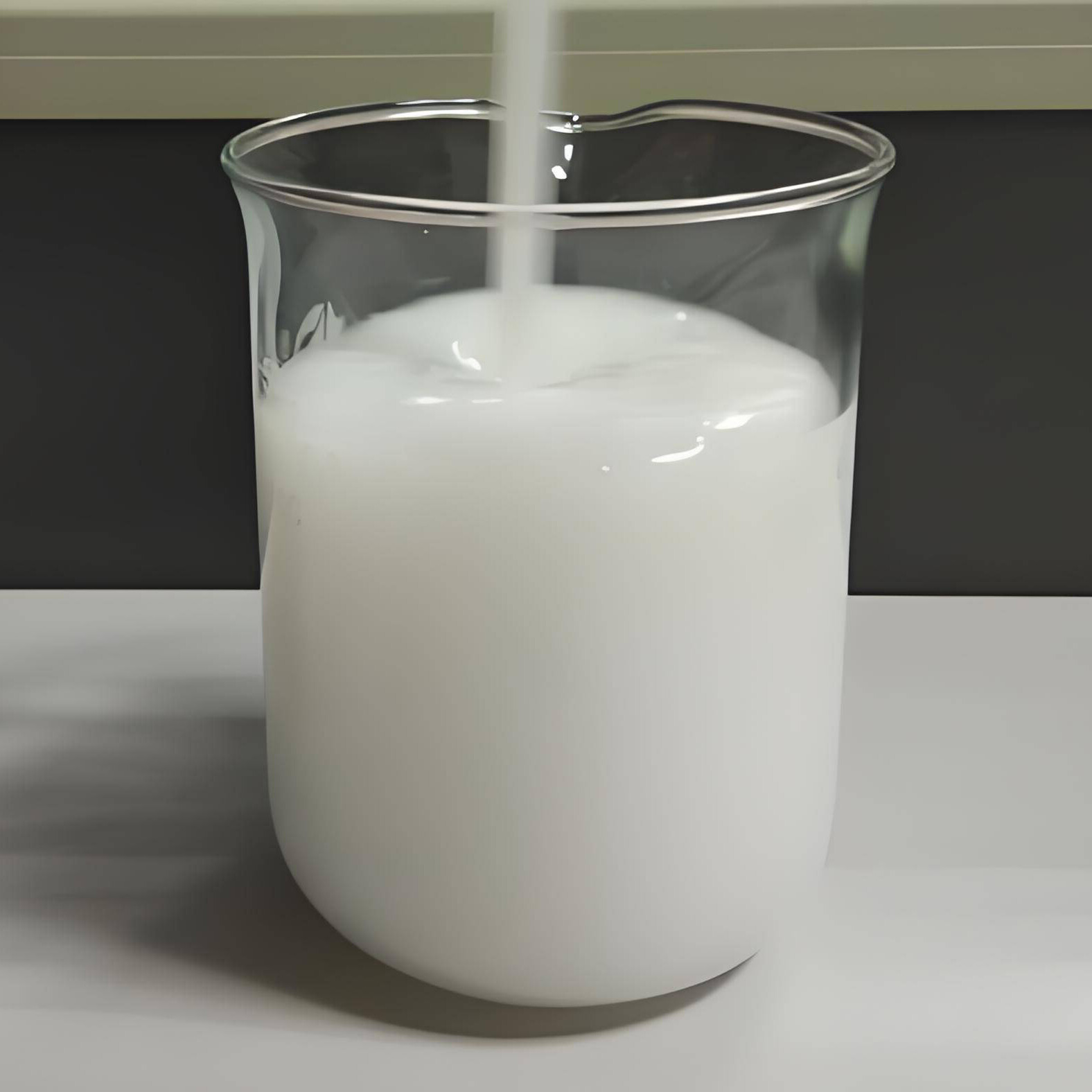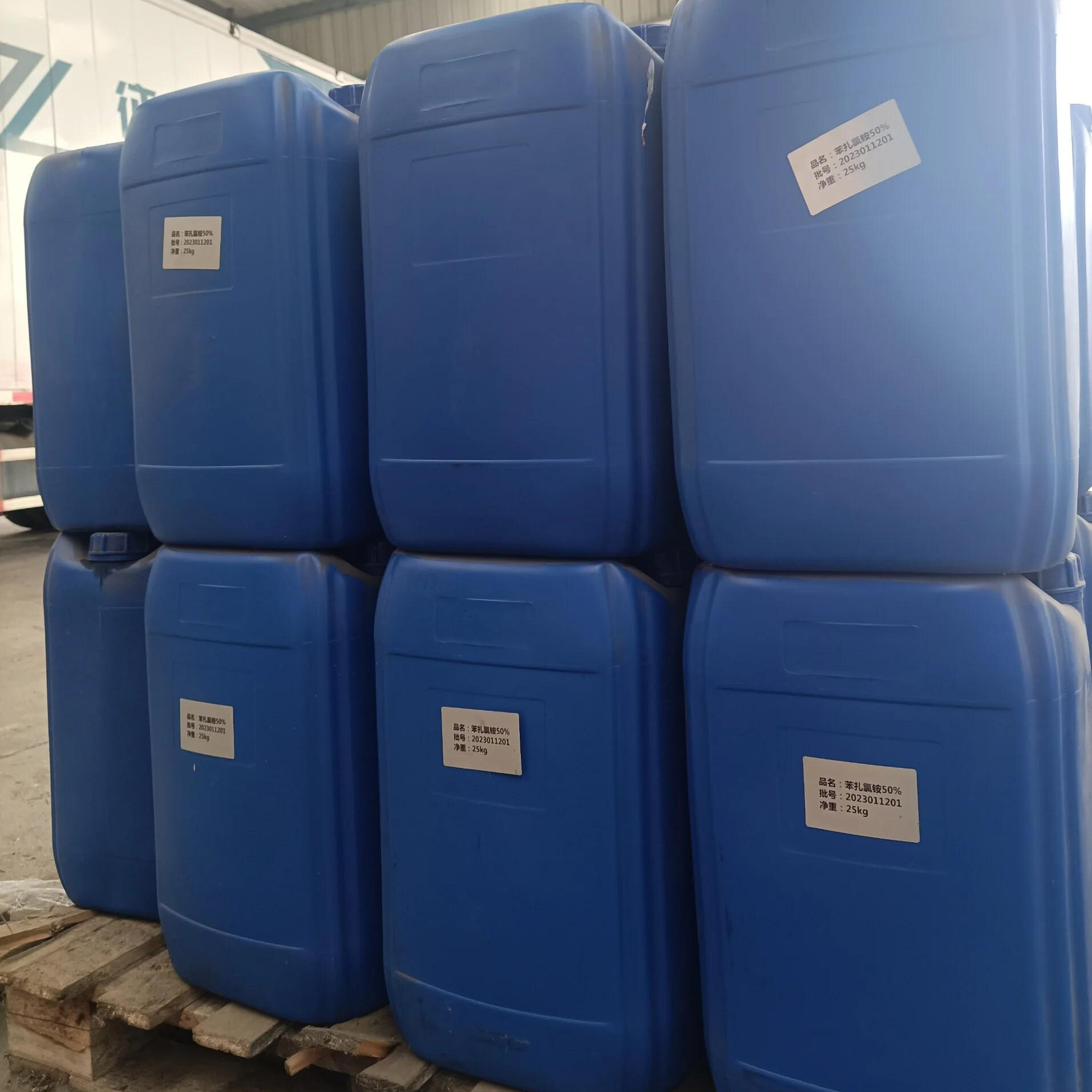
Dingqiao Technical Services Co., Ltd.
Chemical product import and export traders
- 00
0000-00
What should I do if the ammonia nitrogen in the effluent from the biochemical process exceeds the standard?The addition of nitrifying bacteria to the biochemical system offers the following multiple benefits:
Enhancing ammonia nitrogen removal capacity: The nitrosifying bacteria within the nitrifying bacteria can convert ammonia nitrogen into nitrite, and then the nitrifying bacteria further convert the nitrite into nitrate, thereby effectively removing ammonia nitrogen from the biochemical system. This prevents the accumulation of ammonia nitrogen from causing harm to the system and reduces the risk of eutrophication of the water body.
Improving system stability: It helps maintain the balance and stability of the microbial community in the biochemical system. The nitrifying bacteria form a stable population in the system and participate in the nitrogen cycle process, enabling the system to maintain a better treatment effect when facing water quality and water volume changes and other shocks, reducing fluctuations in treatment effectiveness.
Promoting the growth of other microorganisms: The metabolic activities of nitrifying bacteria can change environmental conditions, creating favorable conditions for the growth and metabolism of other microorganisms. For example, the nitrate produced by them can serve as an electron acceptor for some denitrifying bacteria, promoting the denitrification process, thereby further improving the nitrogen cycle in the system and facilitating the stability and function of the entire ecosystem.
Improving the effluent quality: By converting ammonia nitrogen into nitrate, the ammonia nitrogen concentration in the effluent is reduced, enabling the effluent quality to reach higher standards, meeting environmental protection discharge requirements, reducing pollution to the receiving water body, and protecting the water environment.
- 00
0000-00
Foaming agent - the role of polarized organic substances!Foaming agents can promote the formation of a large amount of foam of appropriate size and certain stability in the medium. The mechanism of action of foaming agents: Foaming agents should be polar organic substances, with polar groups being hydrophilic and non-polar groups being hydrophobic. This causes the foaming agent molecules to align directionally at the interface between air and water. Most foaming agents are surfactants, which can significantly reduce the surface tension of water. When foaming agents are added to water, the hydrophilic groups insert into the water phase while the hydrophobic groups insert into the oil phase or stand upright in the air, forming a directional arrangement at the interface layer or surface. This reduces the interfacial tension or surface tension. Generally speaking, a water solution containing a very small amount of foaming agents already has foaming properties.
- 00
0000-00
Benzalkonium Chloride - The Basic Characteristics of Cationic Surfactants!Benzalkonium chloride is a cationic surfactant and a non-oxidizing disinfectant. It is soluble in water and ethanol and has a strong adsorption force on the surface of bacteria, causing protein denaturation and killing bacteria and algae. It has broad-spectrum and highly effective bactericidal and algicidal capabilities, effectively controlling the reproduction of bacteria and algae and the growth of sludge in water, and has good sludge stripping effect and certain dispersing and penetrating effects. At the same time, it has certain oil removal, deodorization and corrosion prevention capabilities. Benzalkonium chloride has the characteristics of low toxicity and no cumulative toxicity. Unlike chlorine gas treatment, which leaves residual chlorine in water and causes secondary pollution.
00
0000-00
{item.title}
{item.description}



